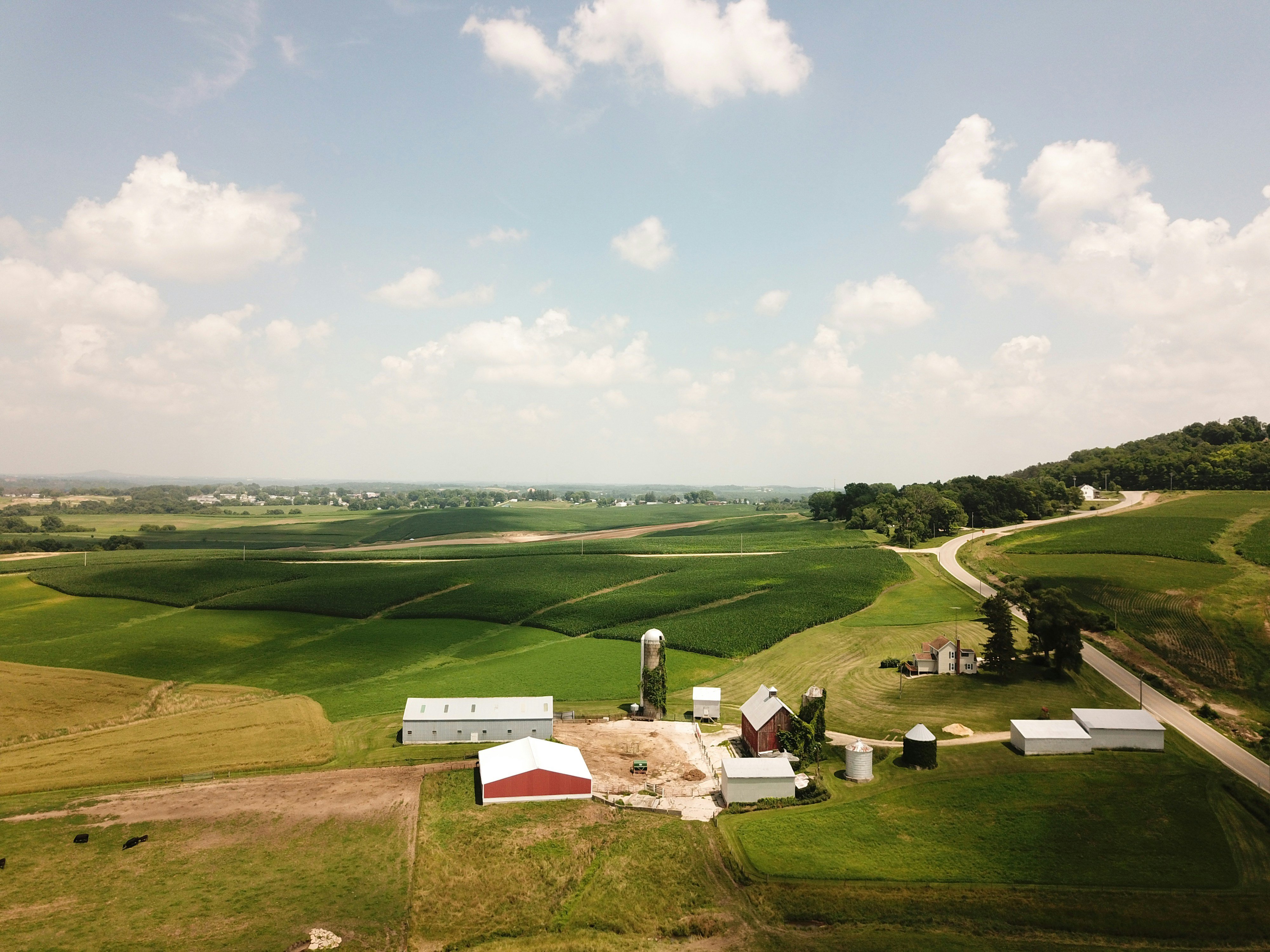Agricultural Economic Insights (AEI) researchers Randy Dickhut and David Widmar recently partnered with Acres.com to analyze how debt plays a role in farmland purchases. Their findings offer a compelling look at how buyers finance land—and how those patterns differ across regions and evolve over time.
Acres' data reveals a clear connection between farmland sales and the presence of a lien at the time of purchase. This correlation provides a deeper understanding of shifting landownership trends and regional lending dynamics.
Key Takeaways
Debt Use Varies Sharply by State
Debt-financed land purchases differ significantly across states. For example:
- In Iowa, around 20% of farmland transactions between 2021 and 2024 involved a lien.
- In contrast, Indiana saw that number jump to nearly 50%.
- Across a broader five-state region, 27% of farmland sales reported a lien.
These differences reflect unique regional factors, including economic conditions, access to credit, and land market behavior.
Big Differences Within States Too
Even within a single state, debt usage patterns are far from uniform. While Iowa and Minnesota generally show the lowest rates of debt-financed purchases, some counties within these states report much higher lien activity.
What causes these disparities? While the full picture isn't yet clear, it's likely a mix of buyer demographics, land use types, and local economies. For buyers and lenders alike, understanding these micro-trends is key to smarter decision-making.
2024: A Notable Uptick in Farmland Debt
Debt usage appears to have climbed in 2024, following a dip in overall sales activity in 2023. This rebound likely stems from recent volatility in farm income, pushing more buyers toward financing solutions.
Among the years studied, 2024 showed the highest percentage of sales involving a loan—highlighting how economic headwinds can quickly shift market strategies.
Final Thoughts
While national farmland trends matter, local context is everything. These findings challenge broad assumptions about agricultural lending and underscore the need to look closely at state- and county-level dynamics.
For those navigating the farmland market—whether buying, lending, or advising—real-time, location-specific insights are essential. That’s where Acres excels, offering the transparency and data tools needed to make informed decisions with confidence.
To dive deeper into AEI’s research, read the full report here.
